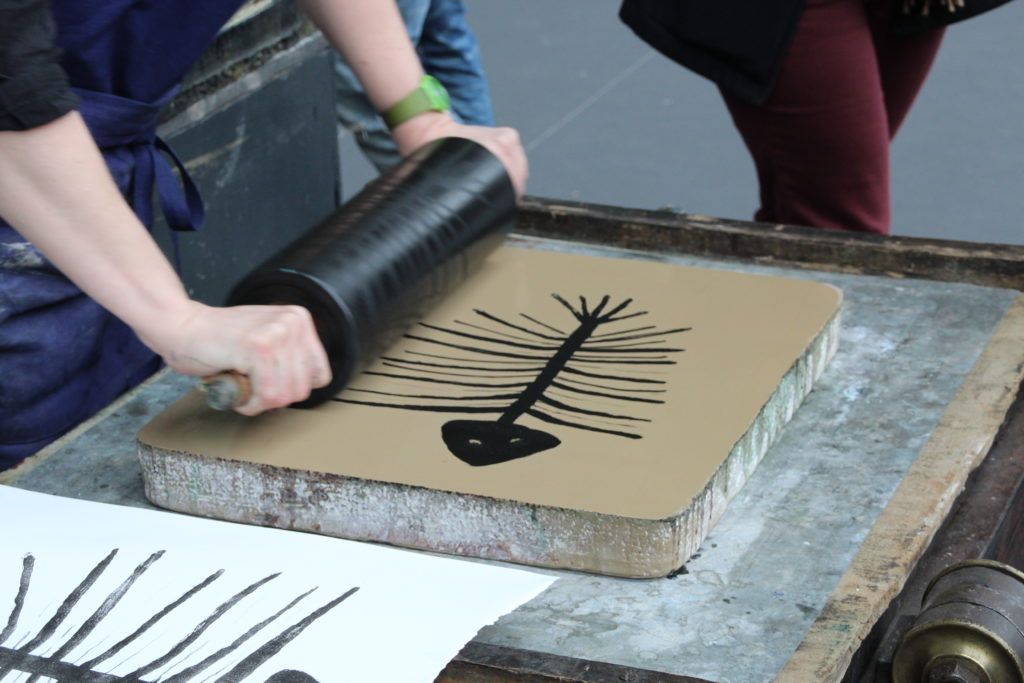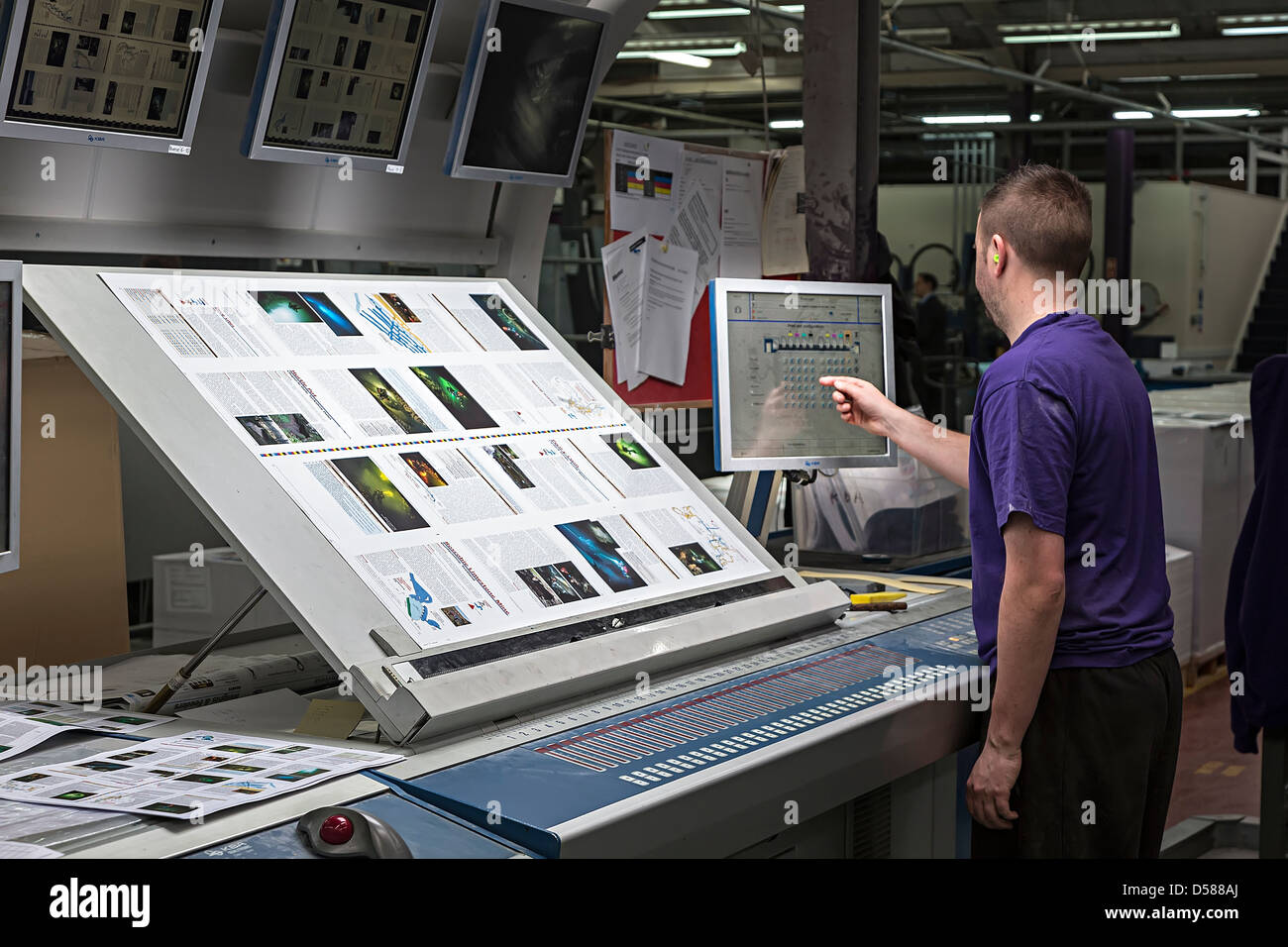A Comprehensive Guide to Recognizing Litho Printing Strategies
The world of litho printing, a strategy originating from the late 18th century, is a remarkable blend of background, science, art and development. This thorough guide will decipher the complexities of this printing method, from the composition of litho inks to the challenges dealt with in modern-day applications. As we venture into the intricacies of lithography, the relevance of automation and sustainability in ensuring its future relevance ends up being progressively clear. Remain with us as we trip right into the captivating realm of litho printing.
The Historical Development of Litho Printing
The historic trajectory of litho printing, a critical innovation in the world of communication, is an exciting story of human resourcefulness. The process progressed with the development of the rotary press, which greatly enhanced productivity. Each phase of litho printing's evolution showcases mankind's ruthless search of performance and quality in aesthetic interaction.
Deciphering the Science Behind Litho Printing Inks
Moving on in the exploration of litho printing strategies, the emphasis currently shifts to the science behind litho printing inks. The structure of these inks, their drying procedure, and color mixing techniques form the backbone of this complex art form. Comprehending these components is vital to mastering the craft and accomplishing the wanted print outcomes.
Structure of Litho Inks
In lithographic printing, the basic duty of litho inks can not be overstated. Pigments, the color-providing components, are finely ground fragments put on hold in the car, a liquid that lugs the pigment onto the printing surface. Each element plays a critical part in the final print's quality, making the accurate formula of litho inks a complex science.
Ink Drying Process
From the make-up of litho inks, interest turns to the remarkable procedure of ink drying. Two key techniques are used in litho printing: oxidative drying out and absorption. Absorption, on the various other hand, includes the ink leaking into the paper fibers, which is a much faster process yet can lead to less vivid shades.
Shade Mixing Techniques
While the drying out process plays a key duty in litho printing, the science of color blending strategies holds equivalent relevance. This is a complicated process that entails the careful mixing of primaries: cyan, magenta, and yellow, in differing percentages to attain a large array of tones. The addition of black ink, referred to as 'essential', assists in regulating the strength and depth of the shades. The scientific research behind litho printing inks additionally takes into consideration the openness of the ink, which impacts exactly how colors overlay and mix. To achieve a reliable shade mix, print experts should additionally recognize the ins and outs of ink behavior, shade theory, and the physical residential or commercial properties of the substrate on which the ink is used.
The Art and Style Components in Litho Printing
Litho printing breathes life into art and layout with its special components. The process involves producing a picture on a lithographic sedimentary rock plate or steel plate with a smooth surface. The image is then published onto a medium, normally paper, by transferring the ink from the plate. What sets litho publishing apart is its capacity to reproduce detailed designs with high integrity, making the output nearly identical to the initial art work. This is attained with making use of different line methods such as cross-hatching, stippling, and hatching, which permit a range of tonal impacts. Moreover, litho printing fits a range of shades, making it possible for musicians to develop vivid and vibrant prints. This mix of accuracy and versatility makes litho printing a favored option for many musicians and developers.
Modern Applications of Litho Printing Strategies
Litho find out here now printing techniques have actually found extensive usage in the modern industrial sector. Its impact and relevance continue to expand with the introduction of new developments and technologies in the field. This section will certainly discover these contemporary applications and the transformative duty they play in the printing sector.
Commercial Litho Printing Utilizes
In today's electronic age, one may question the significance of typical printing approaches. Litho printing continues to be a crucial part of the commercial industry. High-volume printing jobs, such as the production of books, newspapers, and product packaging, depend on litho printing for its capacity to deliver exceptional picture top quality and price performance. The procedure, which entails moving a tattooed picture from a plate onto a rubber covering and after that to the printing surface, offers unequaled consistency. This makes it suitable for tasks calling for a huge print run. Litho printing likewise offers a broad shade spectrum, remarkable to that of electronic printing. This makes it the best option for tasks that require vibrant, top notch color recreation.
Technologies in Litho Printing
Pressing the borders of typical strategies, contemporary improvements have actually fueled a host of innovations in litho printing. These breakthroughs have not just enhanced the high quality and efficiency of litho prints but additionally broadened its application scope. One popular advancement is electronic litho printing, which combines the virtues of electronic innovation with litho's premium result. This crossbreed model uses faster setup times, reduced waste, and makes it possible for on-demand printing. Another noteworthy development is the intro of ecologically friendly inks. These inks, made from veggie or soy-based services, have actually considerably minimized the industry's ecological impact. litho printing. Furthermore, the development of innovative plate innovation has structured the printing process, causing sharper images and improved color fidelity. These technologies emphasize the long-lasting importance of litho printing in the modern world.
Exploring the Refine of Litho Printing: Action by Step

Difficulties and Solutions in Contemporary Litho Printing

Regardless of the accuracy and practice that litho printing happily supports, it is not without its set of contemporary obstacles. The most common problems include the high first configuration cost, problem in printing variable information, and ecological concerns due to chemical usage. Options are arising as innovation progresses. Digital litho printing allows for affordable brief runs and easy customization, dealing with the problem of variable information. Environmentally-friendly inks and more secure plate-making procedures alleviate ecological concerns. In addition, innovations in automation have actually lowered labor prices, even more equalizing the lithography process. Thus, while there are obstacles, the litho printing industry is proactively adjusting to meet them head-on, guaranteeing its importance in the future.
Final thought
In verdict, litho printing, with its abundant background and clinical complexities, holds a considerable location in the print market. The future of litho printing pivots on its capacity to adapt to these changing demands, affirming its enduring value in a developing market.

Comments on “Why litho printing Is Perfect for Large Print Runs”